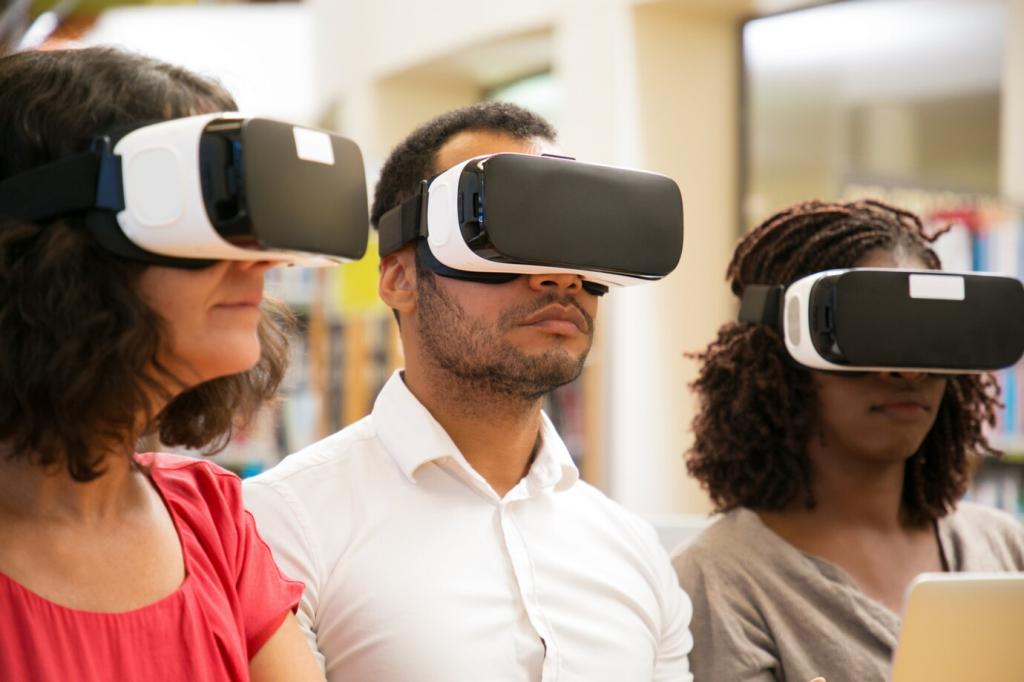This website uses cookies so that we can provide you with the best user experience possible. Cookie information is stored in your browser and performs functions such as recognising you when you return to our website and helping our team to understand which sections of the website you find most interesting and useful.
Virtual Reality Trends Shaping the Future of Learning
Virtual reality (VR) is revolutionizing the way we approach education, training, and lifelong learning. Its immersive capabilities deliver not just new modes of content delivery, but also entirely new dimensions of interactivity, personalization, and engagement for learners of all ages. As technology advances, educators and organizations find creative applications for VR, sparking unprecedented motivation and drastically improving retention and outcomes. The latest virtual reality trends are redefining classrooms, expanding access to resources, and building essential 21st-century skills across the globe. This page explores the key VR trends shaping the future of learning and highlights how immersive education is evolving through innovation.


